St. Lucia 16th to 18th September 2023
On Saturday 16th September, at 10h30, Sally and I decided to go and look for the Saunder,s Tern in St. Lucia, KZN. The Saunder’s Tern is a new rarity which pitched up unexpectedly amongst the Tern roost on the St. Lucia beach. We planned to stay just 2 nights at Sugarloaf caravan park.
We quickly prepared our Afrispoor Wildcat off-road caravan and were on our way by 11h30 arriving at 15h30. Four hours from Howick. Along the way we passed 8 kms of trucks in a single line queue waiting to enter the road to Richards Bay. On the way home the queue was 11 kms!!.

Once settled in at the campsite, we took a walk to the tern roost to see what was what. It was high tide and the incoming water breached the dunes and was entering the estuary making it impossible to get close to the river mouth.

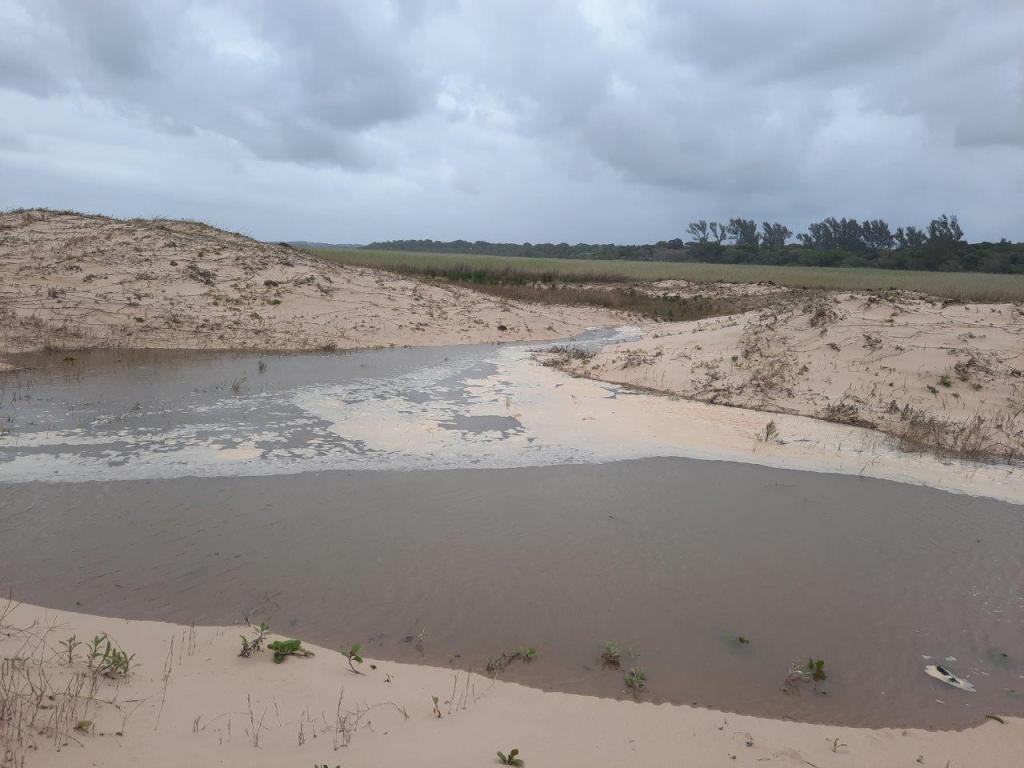
We headed to the beach and looked south towards the river mouth still a long way away. The river mouth was also very wide. And of course, the Terns were on the opposite side of the river. Even with a scope it was impossible to identify anything positively.
The next morning, we were up early for a gander around the Sugarloaf aviary before heading to the Tern roost. (I call it an aviary because at times when we have stayed there, we have recorded around 90 different bird species in the camp alone). With what we had seen the night before we thought it best to head for the river mouth when the tide was out so that we could get around the breach.
The campsite birding was great as usual. Birds had been calling since wake-up. Getting photos was not easy as it was overcast, and the bush is quite dense. We spend time looking for the Green Malkoha which was calling beside us – no luck. However, we did find the Narina Trogon and I got a shot much to my delight especially as it was in the darkest undergrowth. Special bird.

The common bird in the camp is the Red-capped Robin-Chat. It has such a distinctive look. I love its steely back appearance.

Next stop – the Tern Roost. And were we surprised how the beach and river mouth had changed since the previous afternoon. The breach to the estuary was dry and following its path made for hard sand on which to walk. When we got to the beach, the river had cut a channel along the beach with the other side of the river directly opposite us not 50 metres away. And there, the birds sat in the Tern roost.
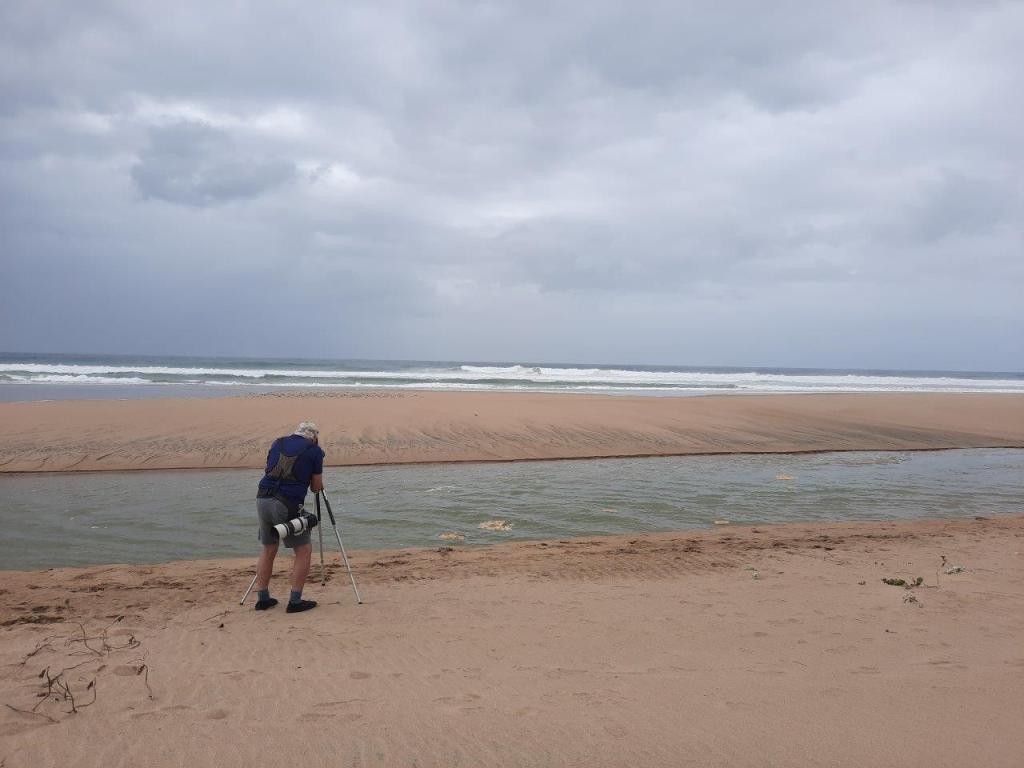

We quickly got our minds sorted, binoculars out and the scope set up. By this time, we were told that the Saunder’s Tern was there and was easily identifiable. It was pointed out to us. It was the furthest bird from us. And being tiny, it was difficult for me to get a special shot of the Saunder’s Tern. Maybe a tripod would have helped.



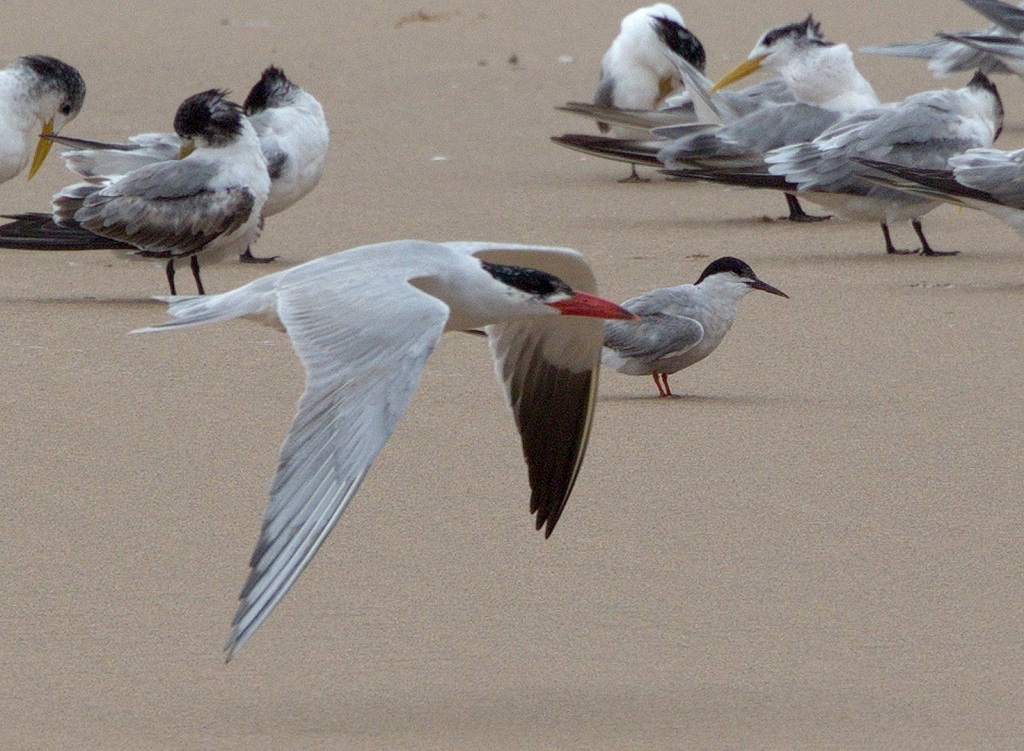
The Saunder’s Tern – quite different from all the other Terms due to its white head and very small size.


On the way back among the sand dunes we saw a number of other bird species. The most unusual being a Common Sandpiper bobbing away pecking at whatever it was interested in in the dunes.
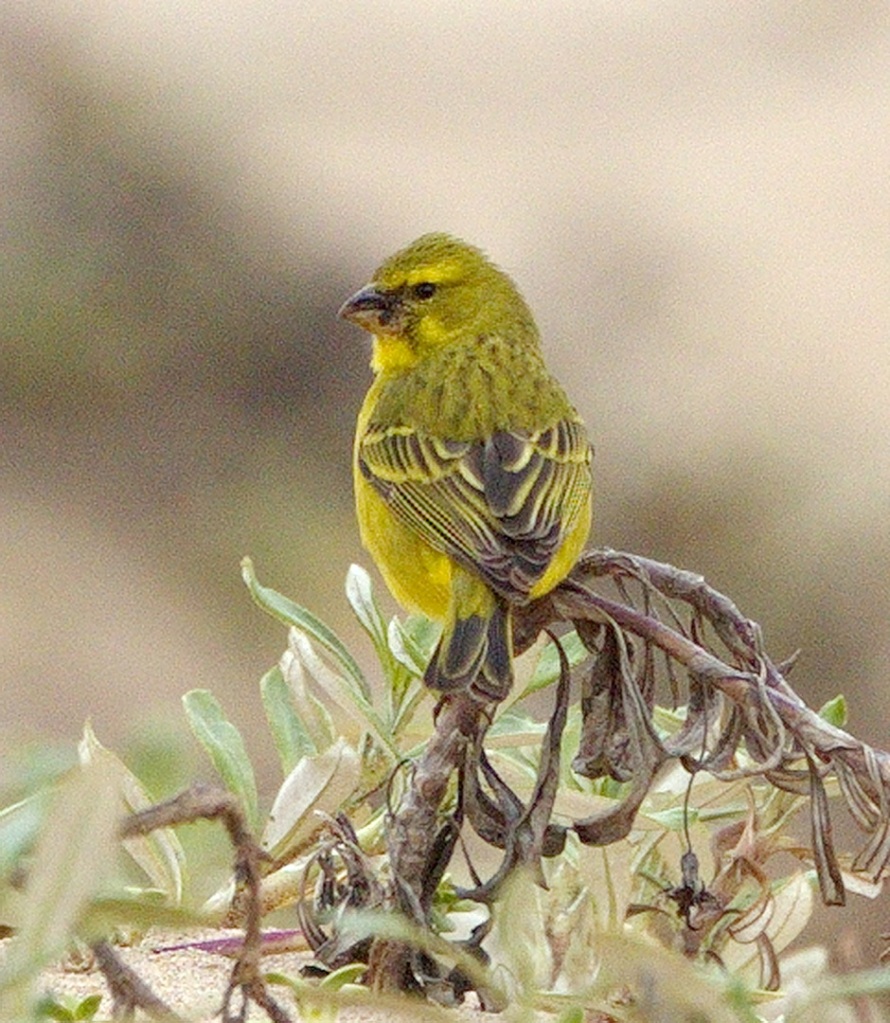
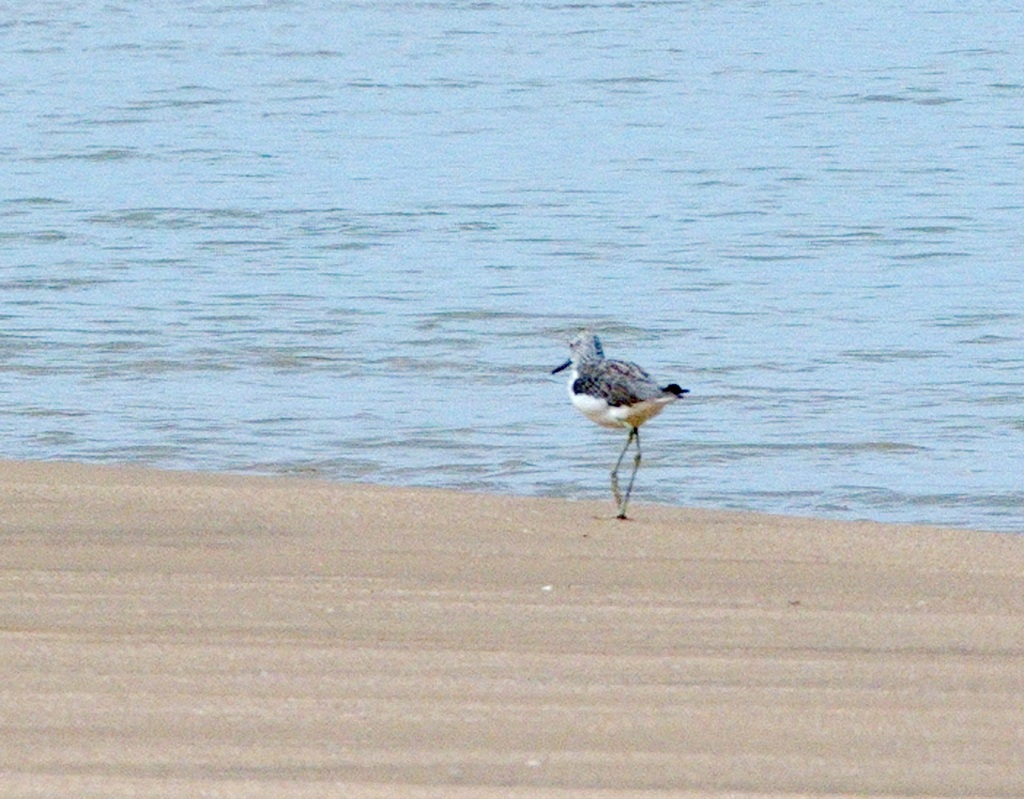


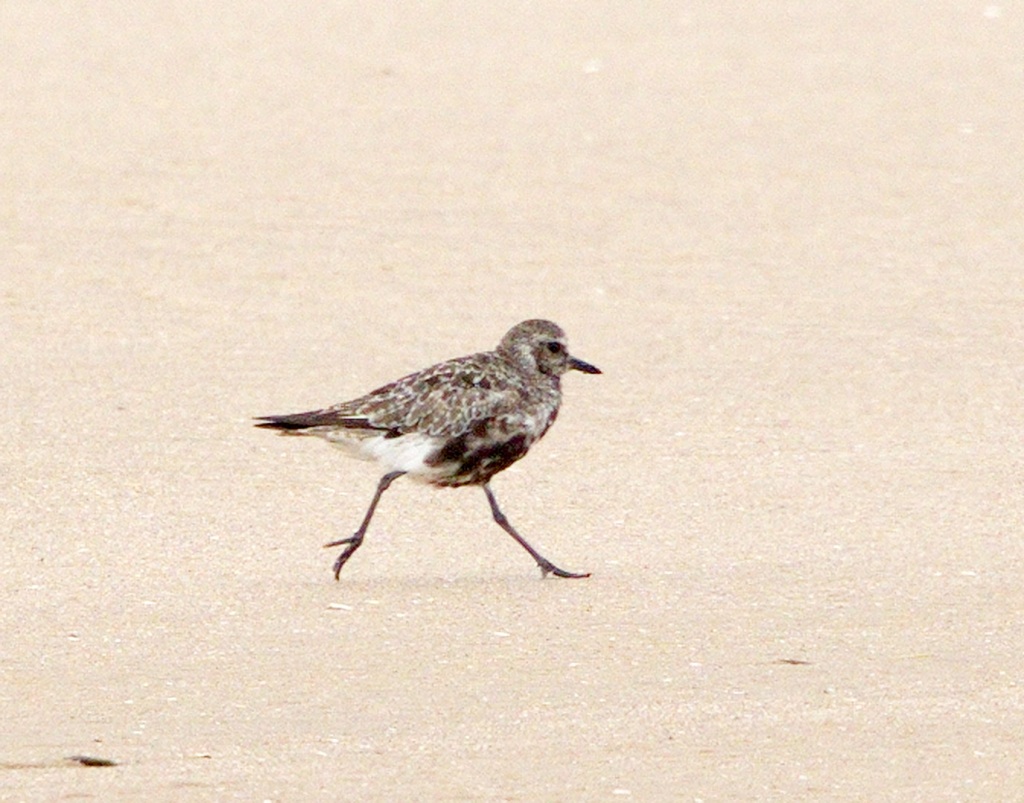

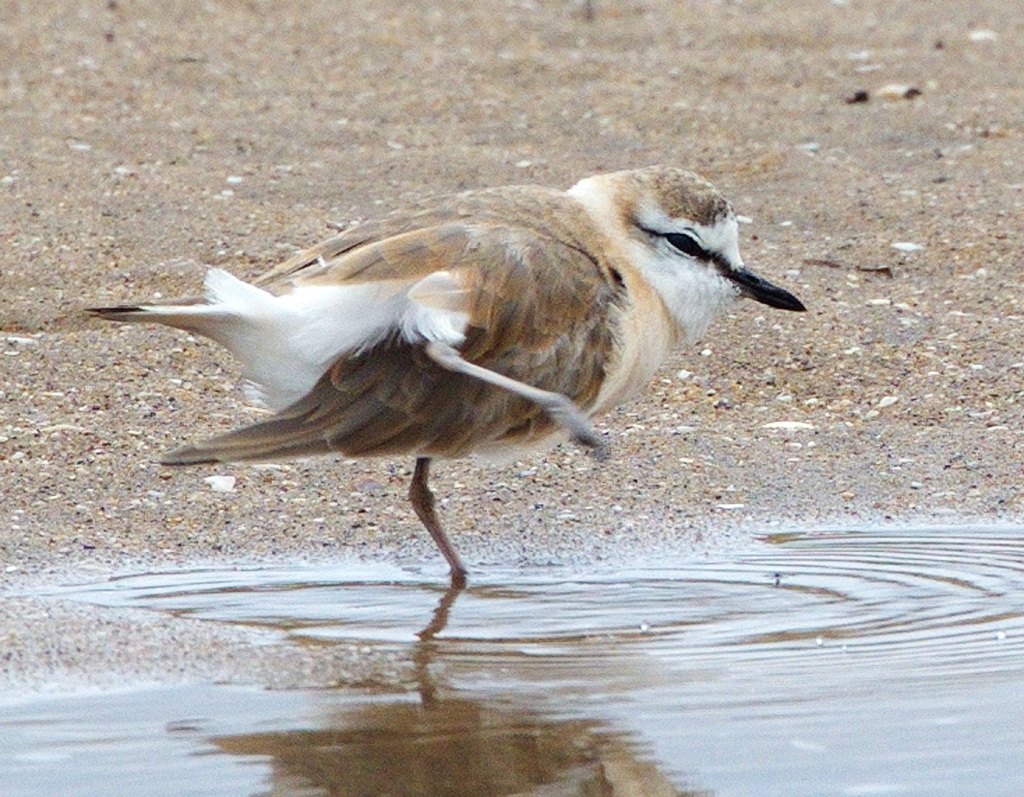

After some time with the Saunder’s Tern, we went into Eastern Shores, Isimangaliso Wetland Park. There was water everywhere – not what we expected for the end of winter. There were ponds everywhere beside the road.

These ponds had some special birds if you looked carefully.
On the roads, Collared Pratincoles were seen as well as Red-breasted Swallows, Burchell’s Coucals to name a few.

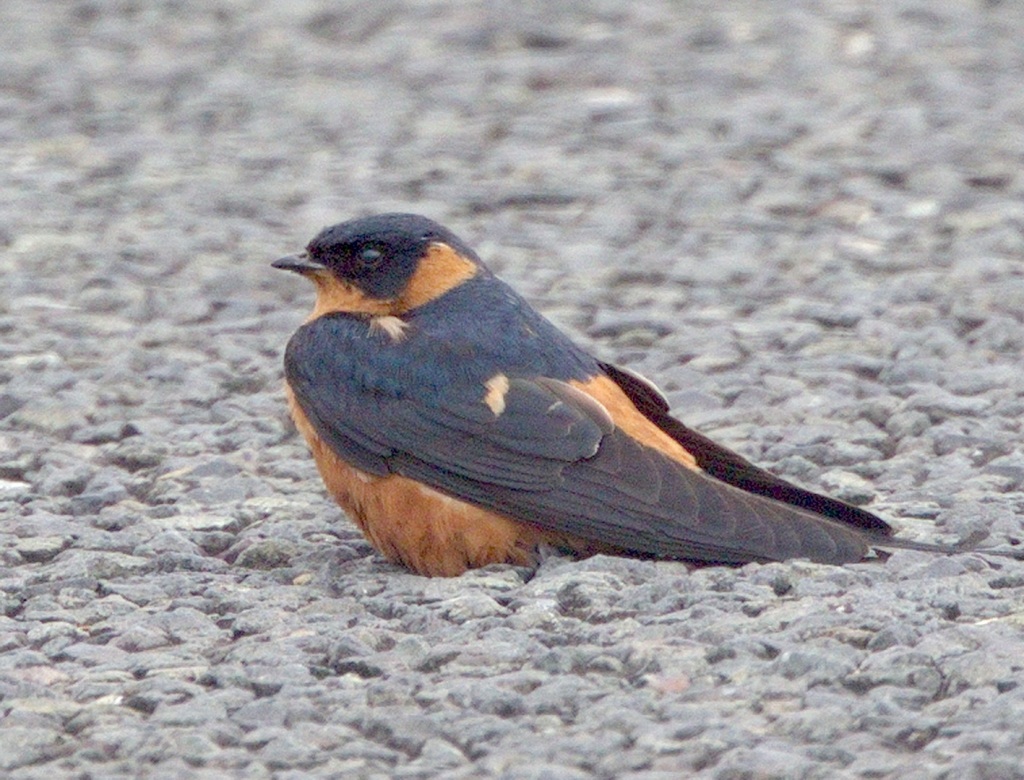
At another pond, Malachite Kingfisher, African Pygmy Geese and White-backed Ducks.


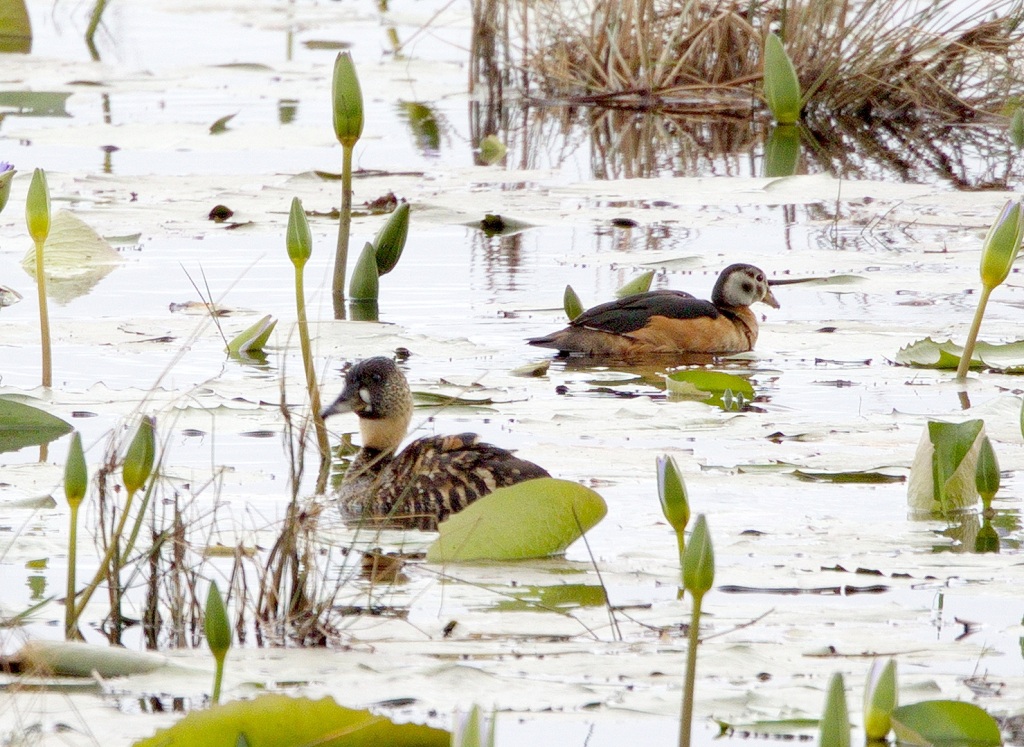
At the hide overlooking kuMfazana Pan, we had tea. The water level came right up to the hide. We had not seen it so full. Looking out, there were birds on the far side. However, we were entertained by a variety of small birds which feasted on the berries in the foliage just below our viewing point. Mainly Tawny-flanked Prinia and a beautiful Yellow-rumped Tinkerbird.
The Yellow-rumped Tinkerbird:
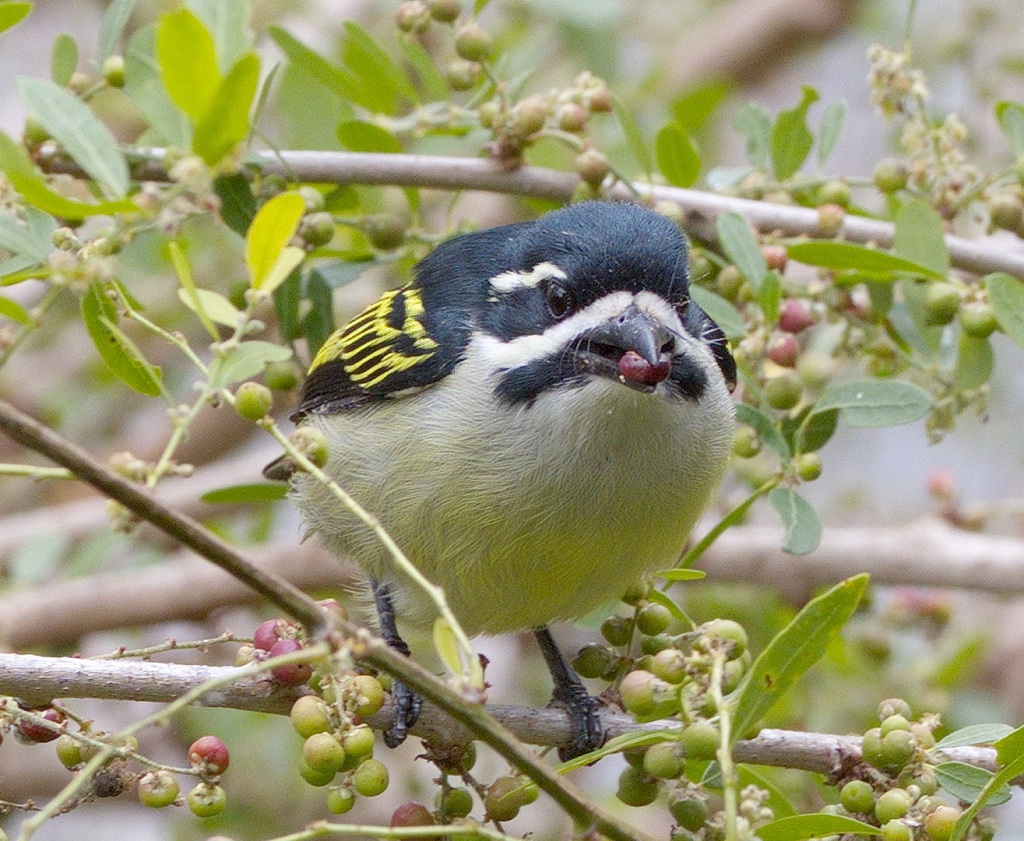



A Grey Heron had a commanding view over the Pan:

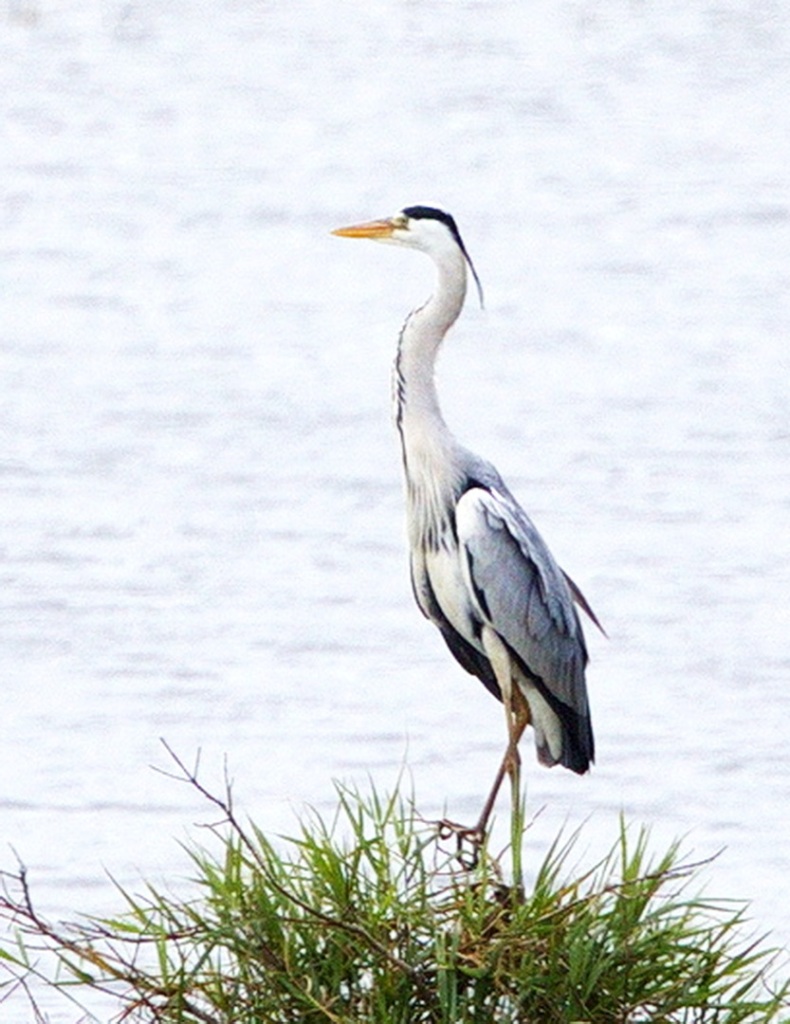
At Cape Vidal we had a quick visit to the beach. There were quite a number of Grey-headed Gulls about. But one in particular caught our eye as two of its siblings were demanding to be fed. We assume that the siblings were hatched inland and flew down here with their parents.
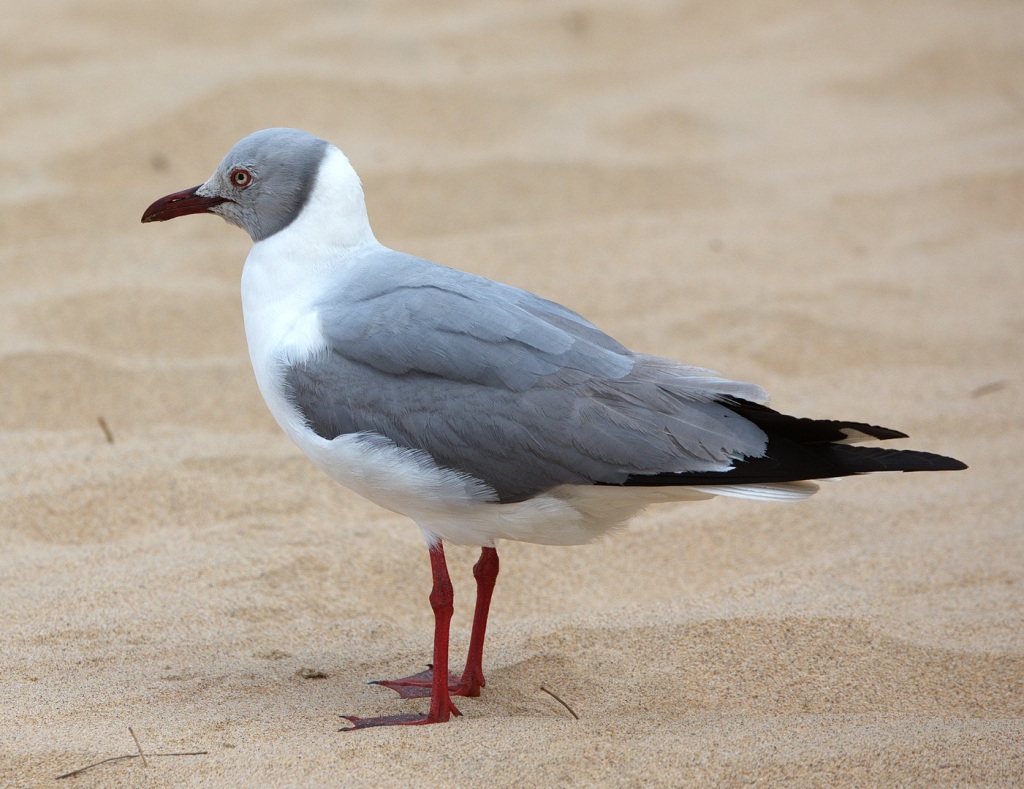
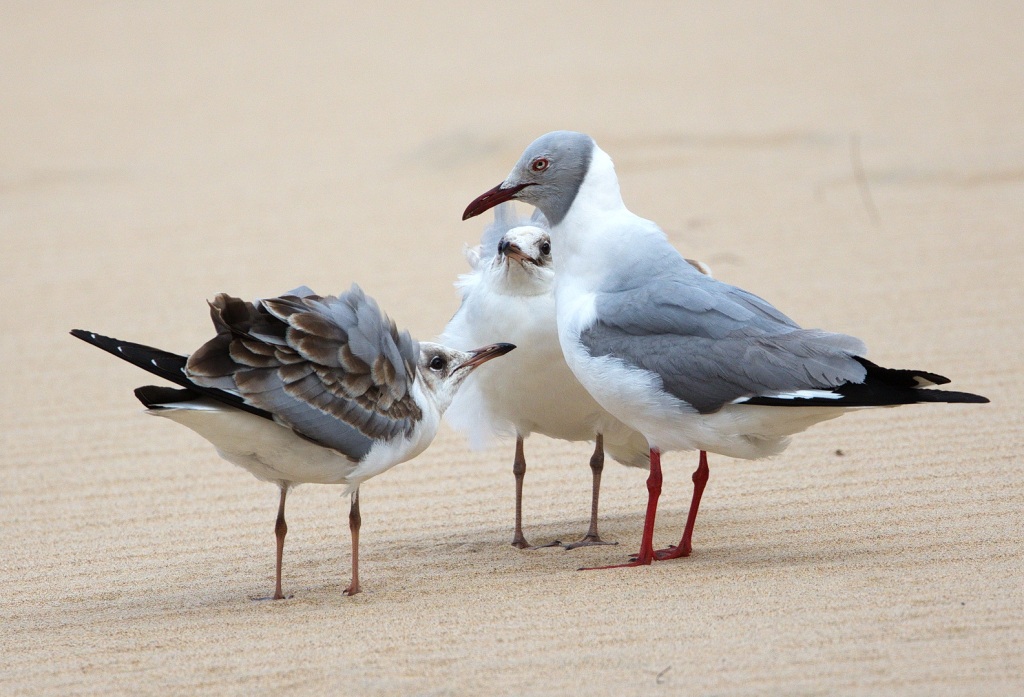
Then there were the Red-billed Oxpeckers on the back of a Buffalo on the Vlei Loop.

On entering the Park, our first diversion off the main road was on the Pan Loop. As we travelled down the dirt road we spotted or rather heard a Croaking Cisticola.

As we glanced right, we could see that the pan below the Amazibu Hide was extremely full and there was a Buffalo making its way across the middle.

After the next right-hand corner, the grassland to the left has now become a rather full pan. It was here that we spotted the first of our three sightings of Rufous-bellied Herons. The third came later at the exact place where the above picture was taken. These were special sightings as they were all very close – within 5 metres of us. In the second incidence we watched as the Heron caught a frog and devoured it.
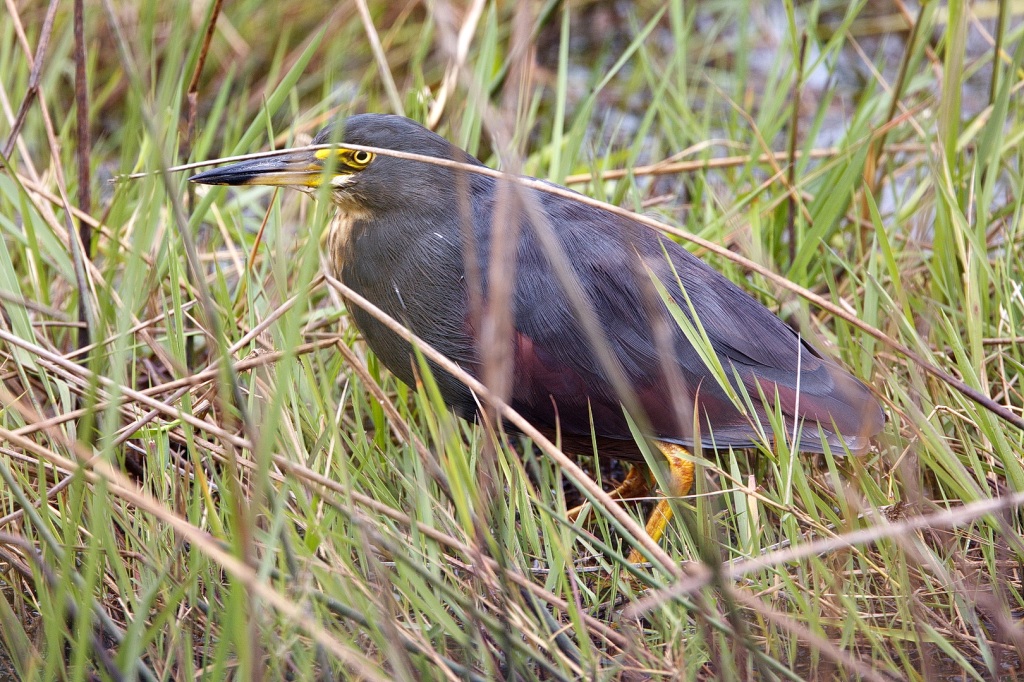
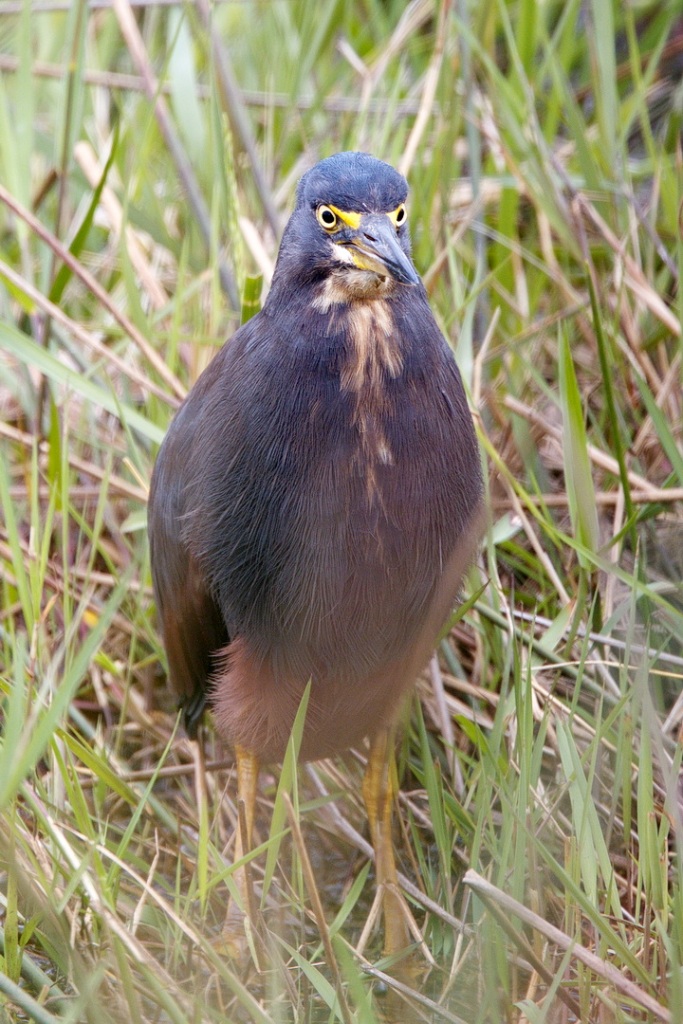
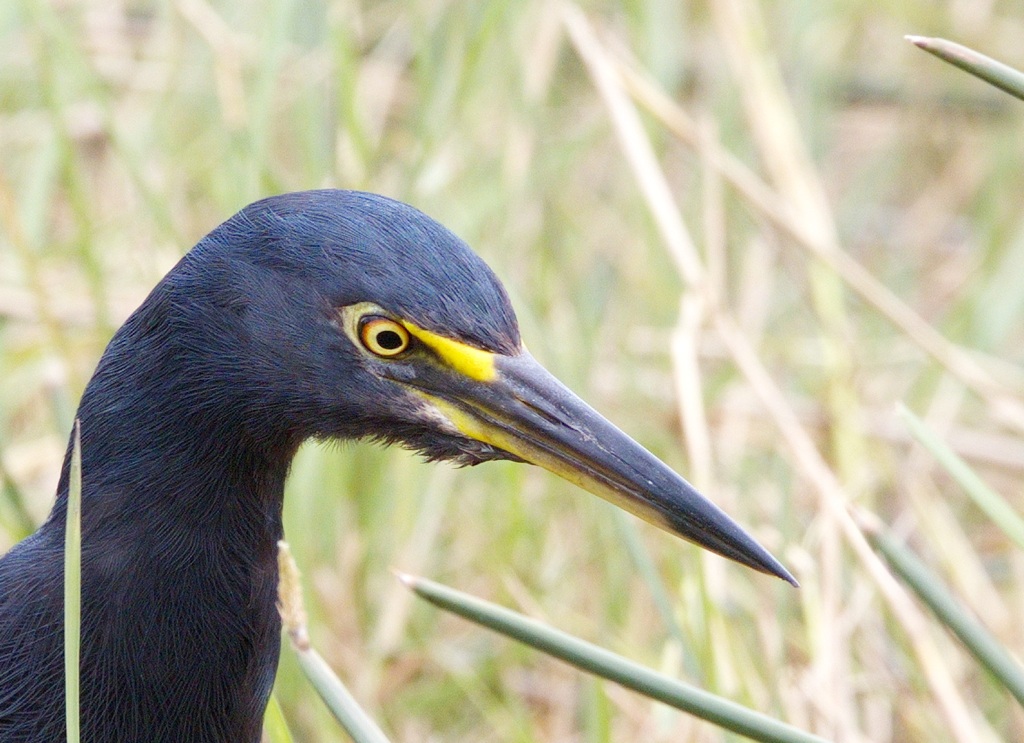

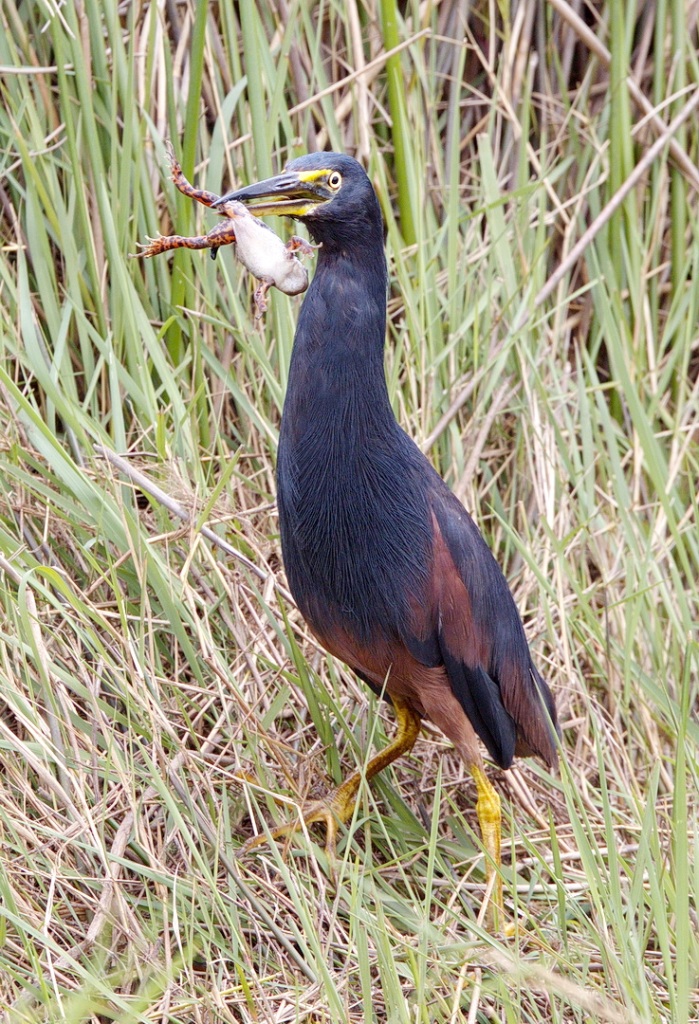
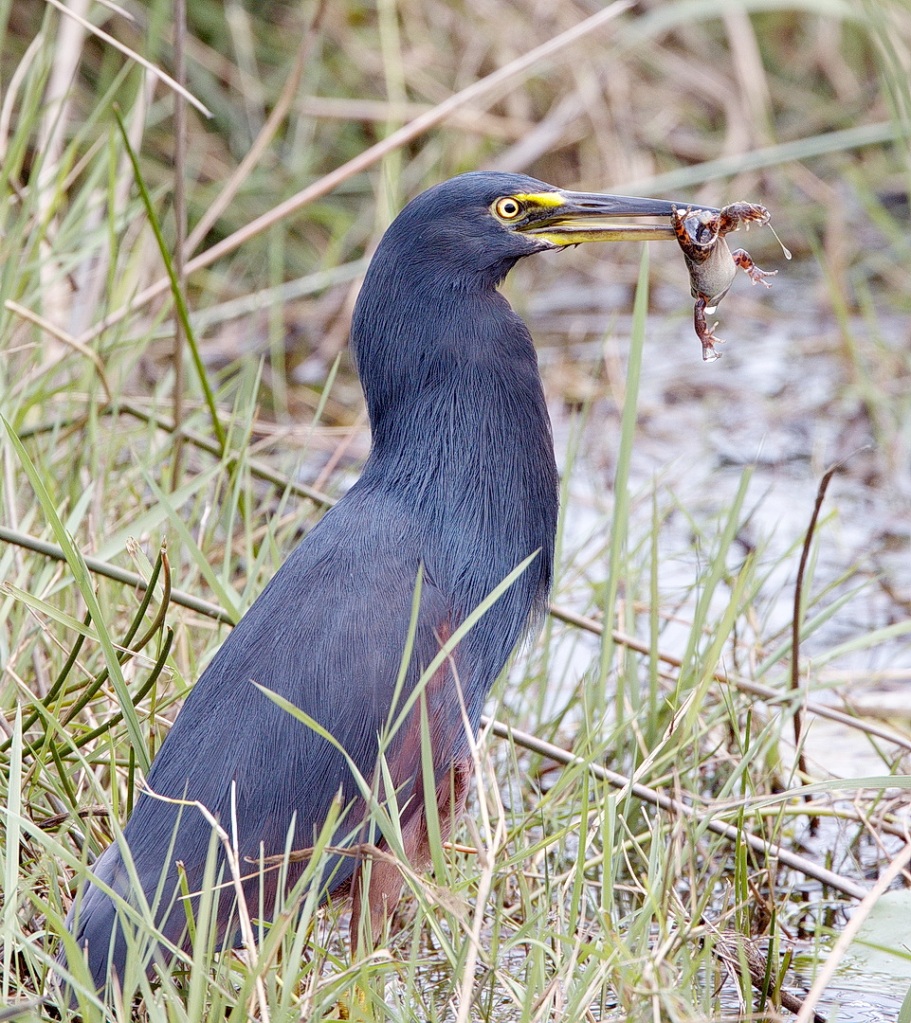

In the short time we were there, we recorded 94 different bird species.
Walk Good.
Hope you enjoyed the read and photos.
Paul and Sally Bartho
